- COMMENTARY
- Create an Agile New Agency to Regulate the AI-Enabled Ecosystem for Human Therapeutics
- FEATURED ARTICLES
- Risk-Based Monitoring for AI-Enabled Medical Devices
- The Next Public Health Emergency
Workshop Recommendations on How Regulatory Agencies and Vaccine Developers Across the World Can Be Better Prepared
- The Role of Diplomacy in Clinical Research Leadership
- INSIGHTS
- Regulatory Excellence and Reliance, Technology Transformation, and Clinical Trial Innovation in Asia
DIA Singapore 2025
- AROUND THE GLOBE
- Delivering on the Promises of Medicines Innovation
Promoting and Achieving Excellence in Regulatory Science in Europe
- Why Japan? The Significance of Targeting Japan in Drug Development
- Lifecycle Management in the Middle East
Survey Results and Recommendations for Improvement
- UK Clinical Research Regulation: A Collaborative Path to Modernization, Innovation, and Access
- The Evolution of Digital Transformation to Support the UK Clinical Trials Regulation
- Research Directions
- CALL FOR PAPERS: Oncology Clinical Trials at A Critical Tipping Point
Subscribe
Editorial Board
Content stream editors
Gary Kelloff US National Institutes of Health
Ilan Kirsch Adaptive Biotechnologies Corp.
regulatory science
Isaac Rodriguez-Chavez 4Biosolutions Consulting
Patient engagement
Stacy Hurt Parexel
Richie Kahn Canary Advisors
Data and Digital
Lisa Barbadora Barbadora INK
VALUE AND ACCESS
Wyatt Gotbetter Cytel, Inc.
Editorial Staff
Sandra Blumenrath, Executive Editor, Scientific Publications & Senior Scientific Program Manager DIA Scientific Communications
Chris M. Slawecki, Managing Editor, Global Forum DIA Scientific Communications
Linda Felaco, Copy Editor and Proofreader
Regional Editors
Lorraine Danks The Gates Foundation
ASEAN
Helene Sou Takeda
AUSTRALIA/NEW ZEALAND
Richard Day University of New South Wales, Medicine, St. Vincent’s Hospital
CHINA
Li Wang Eli Lilly China
EUROPE
Emma Du Four Independent R&D/Regulatory Policy Professional
Isabelle Stoeckert Independent Regulatory Science Expert
INDIA
J. Vijay Venkatraman Oviya MedSafe
JAPAN
Toshiyoshi Tominaga SunFlare
LATIN AMERICA
Cammilla Gomes Roche
US
Ebony Dashiell-Aje BioMarin
DIA Membership
Bringing together stakeholders for the betterment of global healthcare.
he application of artificial intelligence (AI) is no longer a futuristic concept in healthcare. It is actively transforming how we discover, develop, and deliver therapies. Generative AI (GenAI), large language models, and agentic AI systems are already embedded in drug discovery, clinical decision support, and regulatory operations. These systems are dynamic, learning-based, and often autonomous, marking a significant departure from traditional drug and device development approaches. Yet, the US Food and Drug Administration (FDA) continues to operate within a regulatory model designed for a different era. This mismatch may limit regulatory transparency, slow innovation, and challenge the ability to respond to increasingly complex AI tools that do not fit cleanly into legacy categories.
rtificial intelligence (AI) is dramatically reshaping the landscape of medical device development and clinical trial management. AI-enabled medical devices promise breakthroughs—from early diagnosis to personalized therapies—yet carry unique risks that existing regulatory frameworks have struggled to fully address. As the name implies, they carry two sets of components to be considered throughout clinical investigations: AI-specific risks and medical device-specific risks. Against this backdrop, successfully implementing risk-based monitoring in clinical investigations of AI-enabled medical devices remains a complex but essential task for sponsors, regulators, and industry alike.
hile the official death toll in 2020 was just over 1.8 million, the World Health Organization (WHO) now estimates that the total number of global deaths attributable to the COVID-19 pandemic in its first calendar year (2020) was at least 3 million.
PPD, a Company of Thermo Fisher Scientific
project team was not meeting their deliverables and milestones for a project, and the stakeholders were concerned. The situation kept increasing the pressure on this project team, which was working hard but without any visible improvement. A newly appointed project leader re-analyzed the situation and found two major challenges: inefficiency and poor client relationships. The leader decided to implement additional measures in the existing project plan, nearly all of which appeared to be connected to diplomacy. These real-life examples (below) demonstrate how applying diplomatic principles in the day-to-day work of clinical researchers led to better control of the situation, significant improvement in the project, and a much-improved CRO-client relationship. Applying diplomatic principles also led to a significantly more motivated and satisfied CRO (Clinical Research Organization) team.
Novartis (Singapore)
Novartis Asia Pacific
everaging digital technologies (e.g., artificial intelligence), regulatory optimization strategies (e.g., reliance mechanisms), and innovative clinical trial methodologies remain key to accelerating patient access to medicines in Asia. These approaches are especially critical for less developed Health Authorities (HAs) with limited resources in addressing review timelines and enhancing access to innovative therapies. This was the consensus among all participants and presenters at the DIA Singapore Annual Meeting 2025.
European Medicines Agency (EMA)
egulatory science bridges the gap between medicines research and the practical application of its findings in regulatory decision-making. At a time of accelerating healthcare innovation, advances in regulatory science are essential to provide the rigorous scientific and technical frameworks necessary for evaluating the quality, benefits, and risks of increasingly complex medicines. To ensure that the promises of innovation translate into the timely availability of safe and effective medicines for the patients who need them, regulators, researchers, and developers need to keep fostering excellence in regulatory science.
Pharmaceuticals and Medical Devices Agency (PMDA), Japan
apan is one of the world’s largest pharmaceutical markets. It also offers multiple advantages from a regulatory perspective.
The Regulatory Appeal of Developing Pharmaceuticals in Japan and for Japan
Japan’s pharmaceutical regulatory framework has been developed by the Pharmaceuticals and Medical Devices Agency (PMDA) in alignment with the International Council for Harmonisation of Technical Requirements for Pharmaceuticals for Human Use (ICH) guidelines and is harmonized with regulations in Europe and the US.
Roche
Merck Group
edicines continue to evolve long after their initial approval through changes in manufacturing, packaging, labeling, and safety information, thereby making robust lifecycle management (LCM) essential to maintain quality, safety, and efficacy.
While many global health authorities are embracing regulatory convergence and reliance to optimize post-approval changes (PACs), the regulatory landscape in the Middle East and North Africa (MENA) region is complex and heterogeneous in nature. In some cases, rigid systems lead to delayed implementation of changes, supply disruptions, and regulatory inefficiencies.
Health Research Authority (HRA), UK
Medicines and Healthcare products Regulatory Agency (MHRA), UK
he UK is committed to creating a modern, streamlined regulatory environment for clinical research that upholds the highest standards of participant safety while accelerating access to innovative treatments. At the heart of this transformation is a collaborative, digitally enabled approach that supports efficient, proportionate, and patient-centered clinical research.
This article is the start of a series that describes the challenging journey of a clinical trial regulation system that had, due to the UK’s exit from the EU, the opportunity to reinvent itself, taking past learnings to create the best possible system of the future, achieving an average 41-day clinical trial application review time.
Medicines and Healthcare products Regulatory Agency (MHRA), UK
Health Research Authority (HRA), UK
ver the past two decades, the UK’s clinical trials regulatory landscape has undergone a profound transformation, driven by both necessity and opportunity. From leaving the European Union and the COVID-19 pandemic to implementing new legislation, the evolution of digital infrastructure has been central to maintaining the UK’s position as a global leader in clinical research.
This article outlines the journey of how the Medicines and Healthcare products Regulatory Agency (MHRA) and Health Research Authority (HRA) leveraged information technology to streamline regulatory processes (for example, the new 14-day notification scheme introduced in October 2023), maintain consistency and predictability, and prepare for the future’s increasingly complex and innovative clinical trials.
Oncology Clinical Trials at a Critical Tipping Point
reakthrough therapies are rapidly outpacing the limits of traditional clinical trial designs. Cell and gene therapies, antibody-drug conjugates, bispecific antibodies, tyrosine kinase inhibitors, and immuno-oncology modulators represent just a fraction of the expanding therapeutic arsenal, signaling a new era of innovation in oncology drug development. The cost of progress is steep: the average investment to bring an oncology drug to market now exceeds $1.2 billion. Amid rising costs and complex development pathways, the biopharmaceutical industry faces a critical juncture: innovate to succeed in oncology, or risk downsizing—or even abandoning—oncology portfolios altogether.




